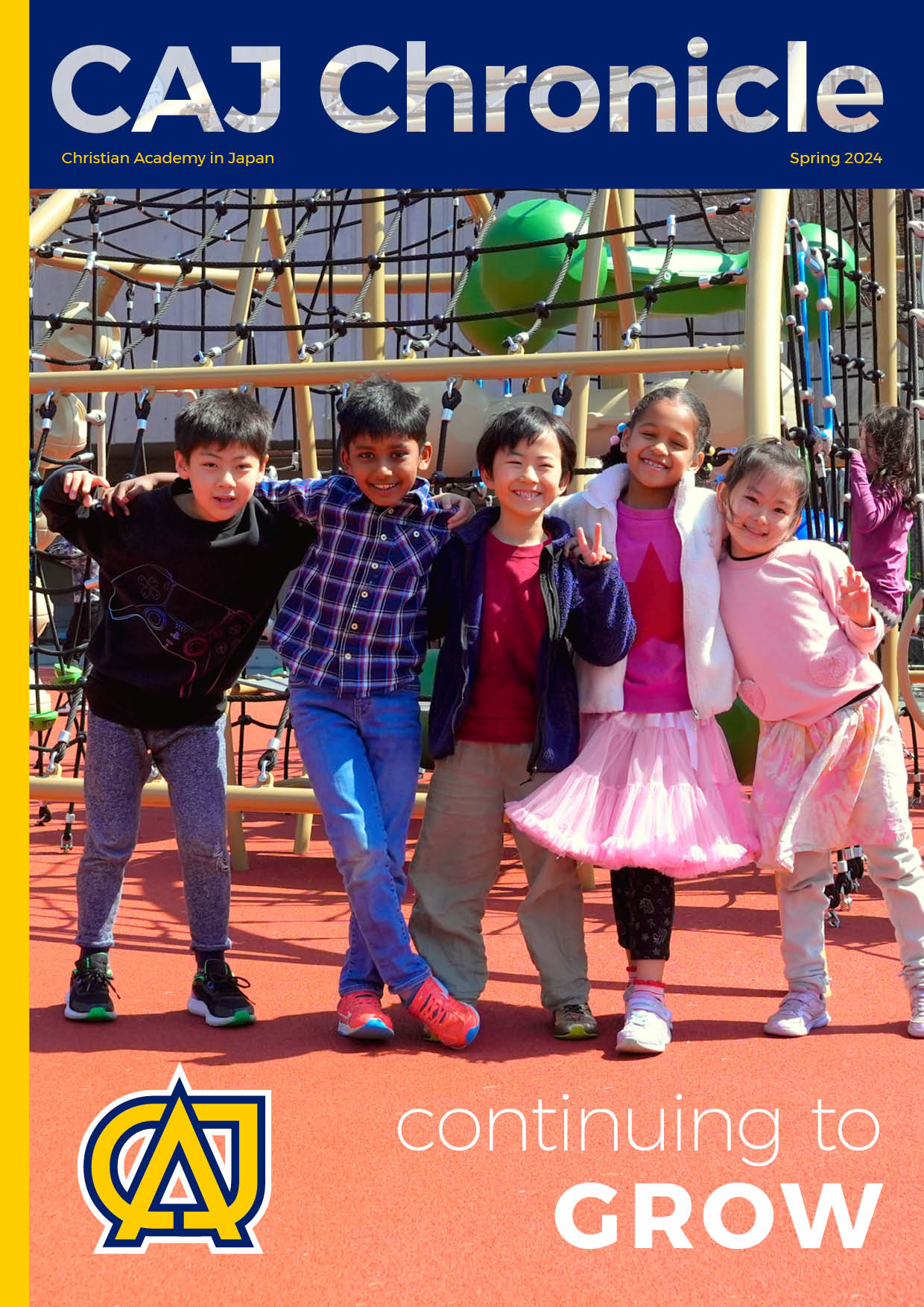Difference between revisions of "Computer Learning Standards"
(Created page with '<sophie article="Computer Learning Standards"/>') |
(No difference)
|
Latest revision as of 09:17, 14 December 2012
1. Students create original digital products.[edit]
- 1.1 Format a research paper in MLA style.
- 1.2 Create media-rich original presentations or projects using multi-media tools that demonstrate creative innovation and personal creative expression. i.e. presentations, movies, etc.
- 1.3 Create informative brochures, pamphlets, newsletters, etc.
- 1.4 Create charts from data.
2. Students apply technology to collaborate and communicate.[edit]
- 2.1 Collaborate, design, develop, and communicate ideas effectively and efficiently using technology.
- 2.2 Use e-mail to communicate with teachers, fellow students, and others to enhance and further their learning.
- 2.3 Use online collaborative services to support and advance group work.
3. Students research efficiently and effectively using reliable online resources.[edit]
- 3.1 Routinely and efficiently use online information resources, library OPAC, and periodical database to meet needs for collaboration, research, publications, communications, and productivity.
4. Students apply critical thinking and problem-solving strategies to organize content and complete projects.[edit]
- 4.1 Identify, define, and suggest answers to authentic real world problems and issues.
- 4.2 Use tables/spreadsheets to analyze information to solve problems.
5. Students address current ethical and societal issues in the use of technology by applying a Christian world-view.[edit]
- 5.1 Understands a biblical perspective of computers and information technology by focusing on the legal and ethical behaviors regarding the use of technology and information.
- 5.2 Demonstrate and advocate for legal and ethical behaviors among peers, family, and/or community regarding the use of technology and information.
- 5.3 Create presentations or projects with appropriate ethical usage of digital tools and resources in using technology.
[edit]
- 6.1 Demonstrate fundamental skills related to computer operational systems, including turning a computer on/off; locating, opening, closing, and saving files; and selecting and using printers.
- 6.2 Demonstrate fundamental word processing skills, including keyboarding, spellcheck, formatting and multi-lingual input.
- 6.3 Use slideware to develop presentations that are supportive, significant, viewer friendly, error free, and legal.
- 6.4 Demonstrate fundamental skills for page layout software that are necessary for creating brochures, posters, and newsletters.
- 6.5 Demonstrate fundamental skills for spreadsheet, including data entry, sorting data, applying functions, and making charts.
- 6.6 Demonstrate fundamental skills for presentation projectors, including connecting a computer/projector and turning the projector on/off.




